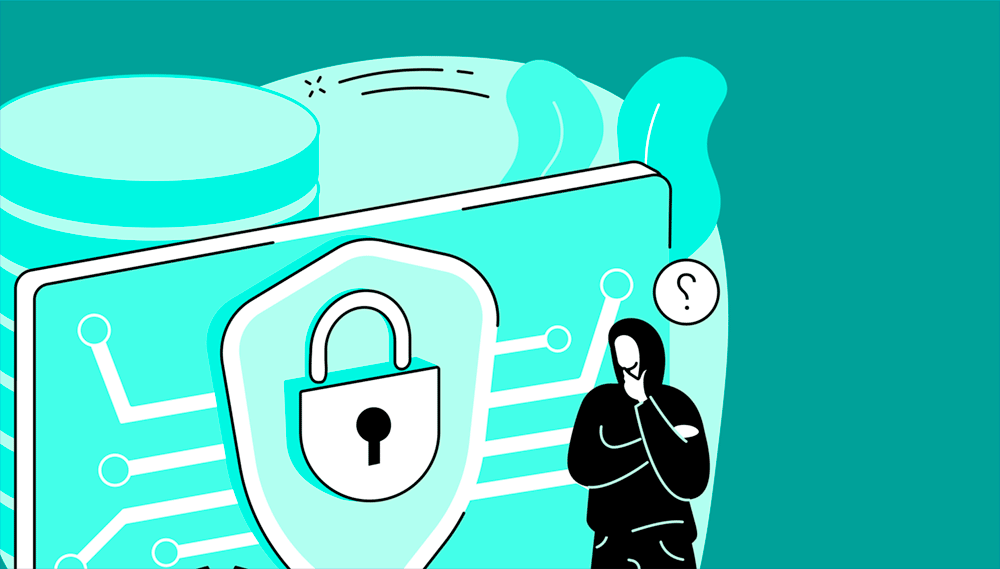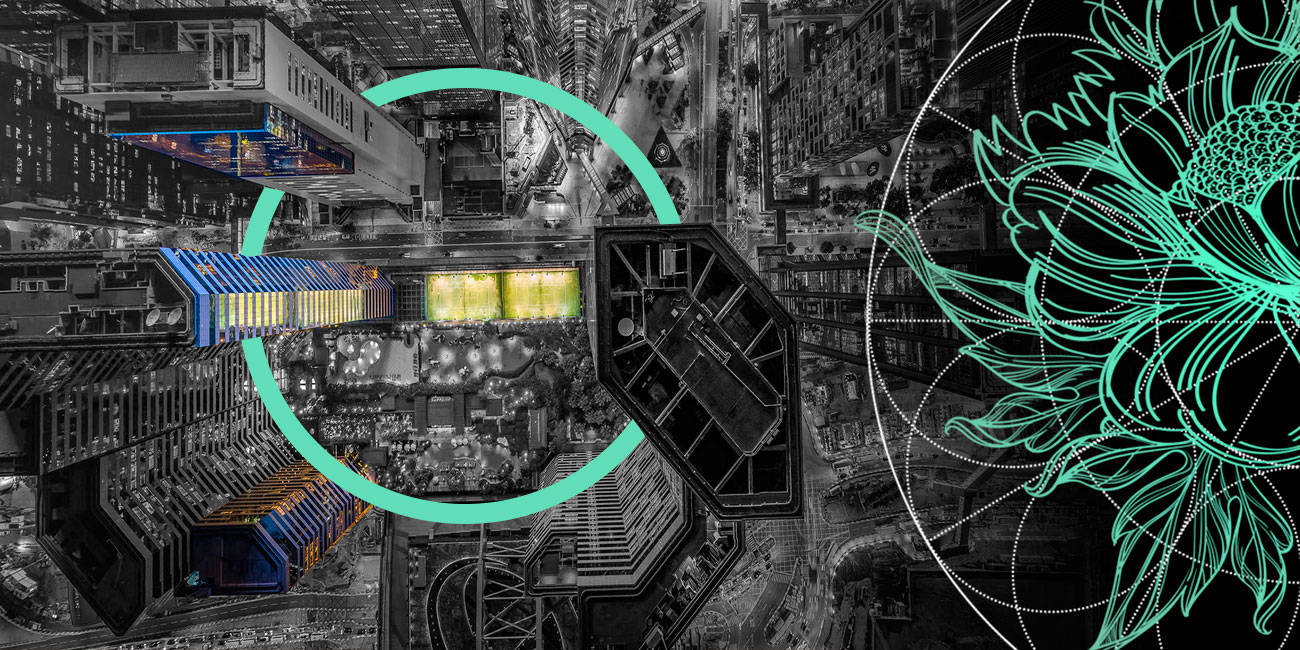The rise of tokenization was never intended to be dominated by a small number of market players, and now the insurance and financial industry is realizing that permissioned and permissionless protocols can and should work together.
By tapping into diverse insurance market and technological expertise, the industry can draw closer to empowering market participants to control their assets across different networks securely, seamlessly, and in a streamlined way, according to R3 research.
Tokenization is the process by which real-world assets are converted into blockchain-based tokens.
If those thinking about unleashing the full potential of digital assets use the correct underlying distributed technologies and implement key tokenization frameworks, they will witness incredible benefits.

With tokenization, many of the traditionally laborious and manual processes involved in bringing securities to public and private markets may be transferred to the blockchain and automated (see 3 Key Elements of the Blockchain Technology).
The benefits issuers and investors in a wide variety of ways from increasing efficiency to reducing room for error, which ultimately bring significant reductions in cost.
Tokenization also has the potential to transform the market by opening investments to a wider global pool of investors and facilitating the innovation of new product offerings. Precisely because of their digital nature, security tokens may not only represent ownership of traditional assets like publicly traded equity or bonds, but also traditionally illiquid assets like private placements, real estate, or fine art.
According to GlobalData, the blockchain market is likely to grow from $3.6 billion in 2020 to $24.1 billion in 2025 at a CAGR of 46%.
Potential of digital assets use the distributed technologies

Currency tokenization, via stablecoins and central bank digital currencies, will see application in on-chain deposits and payments, the report said, with about 2% of global money supply to be tokenized over the next five years, which is about $3 trillion (see how Tech-Driven Innovation Reshaping the Insurance).
The size of the tokenization opportunity could be as much as $5 trillion over the next five years, led by stablecoins and central bank digital currencies (CBDC), private market funds, securities and real estate.
The Financial Stability Board has published its regulatory framework for cryptoasset activities to promote the global harmonization of regulatory and supervisory approaches.
It incorporates lessons from events over the past year that highlighted structural vulnerabilities of cryptoassets and related players as well as feedback received during the FSB’s public consultation (see First Crypto Criminal Case).
The framework consists of two groups of recommendations for the regulation, supervision and oversight of cryptoasset activities and markets, and “global stablecoin” arrangements respectively.
It draws on the implementation experiences of jurisdictions and builds on the principles of “same activity, same risk, same regulation”, and being high-level, flexible and technology neutral.
Earlier FATF Updates Guidance on Virtual Crypto Assets – NFT, DeFi & Stablecoin’s Standards. On June 27th 2023, the FATF published its report on country compliance with Recommendation 15 – including the Travel Rule – and updates on emerging risks and market developments. Global implementation and compliance remain relatively poor and behind most other financial sectors.
The benefits of tokenization

Utilizing blockchain technology brings increased efficiency and reduced error to the creation, issuance, and management of securities, which ultimately reduces cost as well. But tokenization is profitable in other ways, too.
Tokenization also increases liquidity of traditionally illiquid, non-fractionable assets like real estate. For investors, this means increased democratization and the ability to diversify one’s portfolio with access to previously unavailable assets.
While the list of benefits from tokenization:
- Increased Efficiency: utilizing blockchain technology removes the need for legacy middlemen, resulting in reduced settlement time and cost savings for issuance as well as other processes
- Reduced Cost: automation, transparent record keeping, and reliance on public internet leads to significant reductions in cost, with blockchain reducing bond issuance costs by up to 90% while reducing fundraising costs by up to 40% compared to traditional private placement
- Better Compliance: the financial industry spends $181b per year on compliance, but blockchain reduces the risk of error and makes it cheaper and easier to manage complex compliance requirements by programming compliance rules directly into each token
- Increased Transparency: the blockchain promises to provide one golden source of truth for all parties to rely on, which helps keep the cap table updated and reduces disputes around record keeping
- Facilitated Innovation: programmable contracts and shared ledgers can create fractionalized real estate, liquid revenue share agreements, dynamic ETFS, and other previously unmanageable offerings
The benefits of tokenization are simple, the process brings operational efficiencies and improved liquidity and accessibility
Over the next five years, we expect a swell in the stablecoins and CBDC tokens in circulation, led by China’s CBDC program. Stablecoins and CBDC tokens, coupled with yield farming in decentralized markets, will compete with bank deposits as an investment or saving instrument.
Still, the broker notes current regulatory uncertainty, and says that tokenization using blockchain can only succeed when policy-makers appreciate the benefits of blockchains and how crypto tokens are an indispensable part of blockchain operations.
These include being able to settle in real time, utilize global markets 24/7, implement programmable and immutable transactions, lower transaction and asset servicing costs, access new sources of liquidity and new asset classes, as well as better manage counterpart and credit risk.
Democratization of investment opportunities

It democratizes investment opportunities and expands the market to a broader range of participants and broadens access to entirely new markets. With this, the industry can witness further product innovation.
The tokenization of digital assets also streamlines the asset’s life cycle, reducing administrative costs and operational inefficiencies.
As tokenization can enable fractional ownership, investors will be able to access assets previously considered out of reach.
In recent months, key global bodies have increased the discussion surrounding the importance of collateral management. By tokenizing assets, their mobility as collateral is enhanced. This has implications for borrowing, lending, and risk management in the financial ecosystem.
Businesses already leverage blockchains to ensure the reliability of supply chain data. NFTs can also be used as digital footprints to track products through their entire lifecycle and help you prove the authenticity of products to win your customers’ trust.
A digital future for insurance and finance

Tokenization is reshaping the insurance and financial industry and unlocking new possibilities, helping to progress the development of central bank digital currencies and other regulated digital currencies.
It is transforming how assets are created, traded, and managed, in addition to democratizing access to financial markets, improve cost efficiency, and enhance collateral mobility.
Addressing challenges such as distribution complexity and regulatory compliance is crucial for widespread adoption.
Open collaboration among various stakeholders across both public and private industries, including financial institutions, regulators, and technology providers, will be key to unlocking the full potential of digital assets and tokenization.
By working together and adopting comprehensive frameworks, the finance industry can harness the benefits of tokenization and create a more inclusive and efficient financial ecosystem.
Tokenization is not just a trend; it is a transformative force that will continue to shape the future of finance and drive innovation across industries.
Real-world blockchain-based tokenization

Blockchain-based tokenization of real-world assets (RWA) is gaining traction among major financial service firms and other big brands. That makes a number of industry watchers upbeat about the trend in 2024, according to Coindesk research.
They say tokenization of RWA – a way of putting ownership of tangible assets such as stocks and bonds on the blockchain – offers the convenience of buying and selling these assets around the clock because the transactions do not involve traditional brokers.
Financial businesses aim to create efficiencies that traditional markets can’t achieve:
- U.S. banking giant JPMorgan executed the first live trade using tokenized versions of the yen and the Singapore dollar on the Polygon blockchain.
- Asset manager WisdomTree unveiled nine digital funds, adding to the one it had started successfully earlier in the year. The funds allow the transfer agent to keep a secondary record of shares on either the Stellar or Ethereum blockchains.
- Deutsche Bank is set to establish digital asset custody and tokenization services via a new partnership with Switzerland-based Taurus, a Swiss startup that specializes in cryptocurrency safekeeping
- Hong Kong’s central bank offered an inaugural $100 mn tokenized green, or sustainable investment, bond.
- French investment bank Credit Agricole CIB and Swedish bank SEB agreed to develop a blockchain-based platform for digital bonds.
A recent S&P Global Ratings report shows that issuers distributed around $1.5 bn in digital bonds on the blockchain, up from just a few bonds the previous year.
………………………..
Edited & Reviewed by Oleg Parashchak – CEO Finance Media Holding








